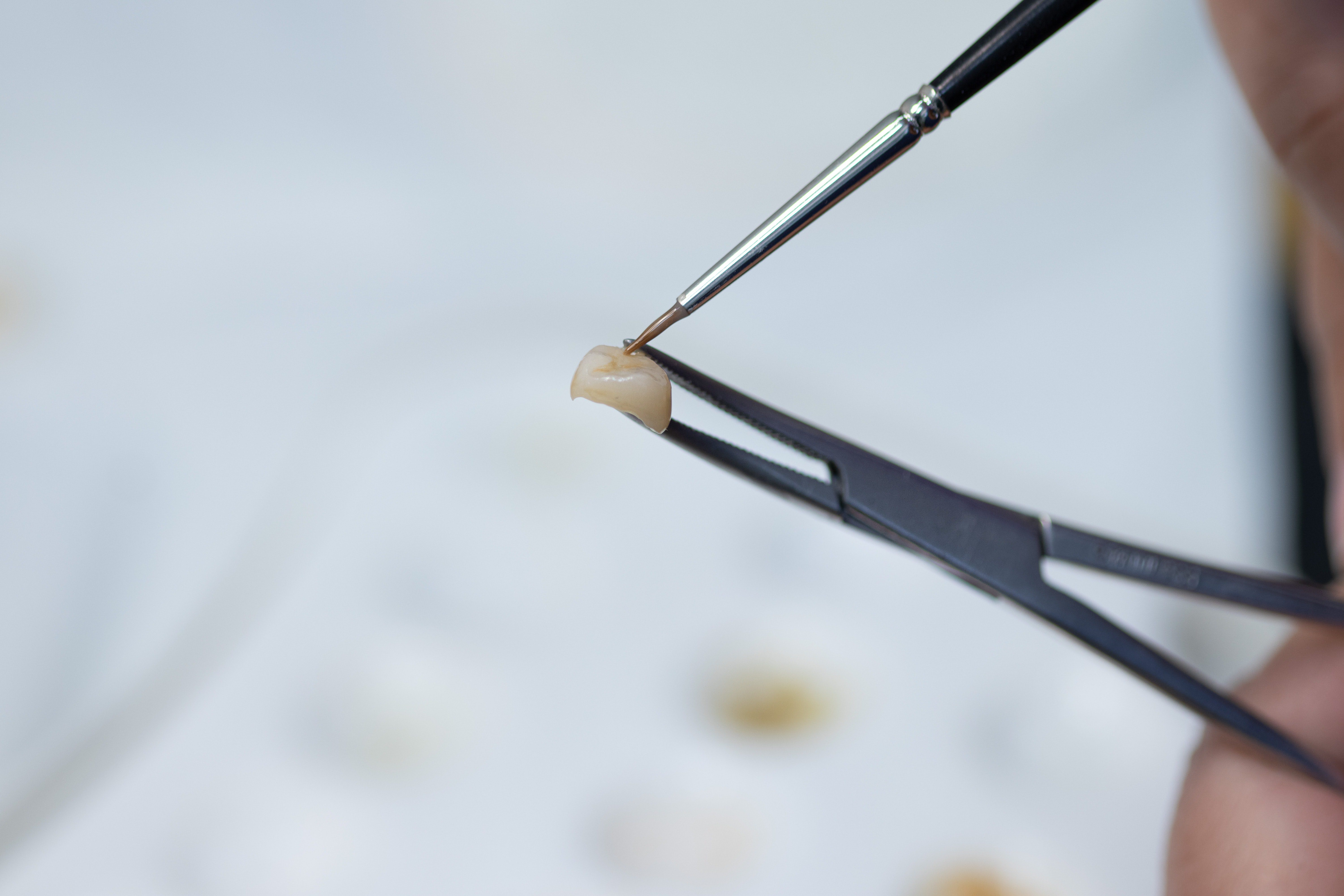The field of dentistry is a branch of medicine that specializes in the diagnosis and treatment of teeth and gum diseases and disorders. Regular dental checkups are an important part of health care, though the treatment provided during those checkups has rapidly evolved over the past few centuries. Gone are the days of chugging whiskey and biting down on a bullet to prepare for a tooth extraction! Modern dentistry has progressed into a field that is much more comfortable for patients. Today, Advanced Dental Care of Anderson will take a look at major changes in dentistry over the course of its history.
History of Dentistry
Dentistry can trace its origins to 7500 B.C. ancient Egypt; ancient Egyptians are the first recorded humans to have had replacement teeth, the predecessors of modern-day crowns and dentures. During that time, dentistry primarily functioned by using a cloth and some type of abrasive powder to clean teeth. Researchers have found evidence to suggest that craftsmen used a drill made from flint heads to remove tooth enamel and infected tissue, a procedure that may have been relatively effective!
Writings by Hippocrates and Aristotle discussing the treatment of decaying teeth have been uncovered, but it wasn’t until 1530 that the first book about dentistry was published – “The Little Medicinal Book for All Kinds of Diseases and Infirmities of the Teeth.” The first professional “dentists” emerged in 13th century Europe, calling themselves “barber-surgeons.” These physicians performed bleeding, cupping, leeching, and tooth extractions for their dental patients. Dentists as we know them did not emerge until the 17th century.
17th Century European Progress
The term “dentist” wasn’t used until the 17th century when Frenchman Pierre Fauchard emerged as the “Father of Modern Dentistry.” He began his training in the French navy at the age of 15, becoming particularly interested in diseases of the mouth. This is most likely due to treating many sailors with scurvy, a disease that causes spongy gums and bleeding from mucous membranes. In 1723, Fauchard published a book, “The Surgeon Dentist, a Treatise on Teeth,” that outlined a comprehensive method of caring for and treating teeth for the first time.
Even with the progress introduced by Fauchard’s work, dentistry still looked completely different from what we know it to be today. Common anesthetics used during dental extractions at this time were opium, ether, nitrous oxide, or even cocaine. Synthetic cocaine, called Novocain, came onto the scene in the early 1900s, leading to the development of more humane procedures such as better sterilization procedures and improved dental materials.
Dental technology continued to evolve into the early 1800s; Giuseppangelo Fonzi, an Italian physician, developed porcelain teeth while Charles Stent introduced the pression compound, a crucial development for dental prosthetics. The first dental university opened in Baltimore in 1840, and the first university-affiliated dental institution at Harvard University was established in 1867. From that point onward, dentistry continued to advance at a rapid pace.
Innovations Across History
During its evolution, dentistry contributed many innovations that are vital to the field of oral health as we know it today. Toothbrushes similar to the ones we use today originated in the 17th century. The first depiction of modern toothbrushes appeared in a 17th century Chinese encyclopedia, while the earliest records of toothbrushes in Europe date to the same time. Ebers Papyrus, the earliest known medicinal text dating back to 4000 B.C., includes the first known recipes of toothpaste. Such recipes have appeared in the writings by Hippocrates as well, as early as the 4th or 5th century.
The first mass produced toothpaste was distributed by Colgate in 1873. Teeth whitening, a procedure that is a staple of most dental offices today, originated in 18th century Europe with chemicals, rubber dams, and lights that often contributed to the level of discomfort many of us associate with dentistry of days past. Today, teeth whitening options range from lasers to chemicals to over-the-counter products that can be administered at home.
Dentistry Today
With the rapid advancement in the field of oral health care, dentistry can now accomplish things the barber-surgeons of the 18th century probably never dreamed of. Dental care has evolved from a primitive and often painful form of medicine to modern day state-of-the-art diagnostics and preventative care. Cosmetic dentistry can whiten teeth and revitalize your smile while the metal-mouth look has been replaced by invisible braces.
Dental technology has made astounding progress, introducing digital radiography that reduces radiation exposure and noninvasive fluorescence detectors that make diagnosing cavities easier and more painless than ever before. These technologies have led dentistry to become the pain-free experience it is today, allowing patients to have the smile of their dreams.
Advanced Dental Care of Anderson
Our staff at Advanced Dental Care of Anderson is happy to be providing modern-day oral health treatment to our community of Anderson, Indiana. If you are in need of dental care, visit our website today to find out more about our services.

